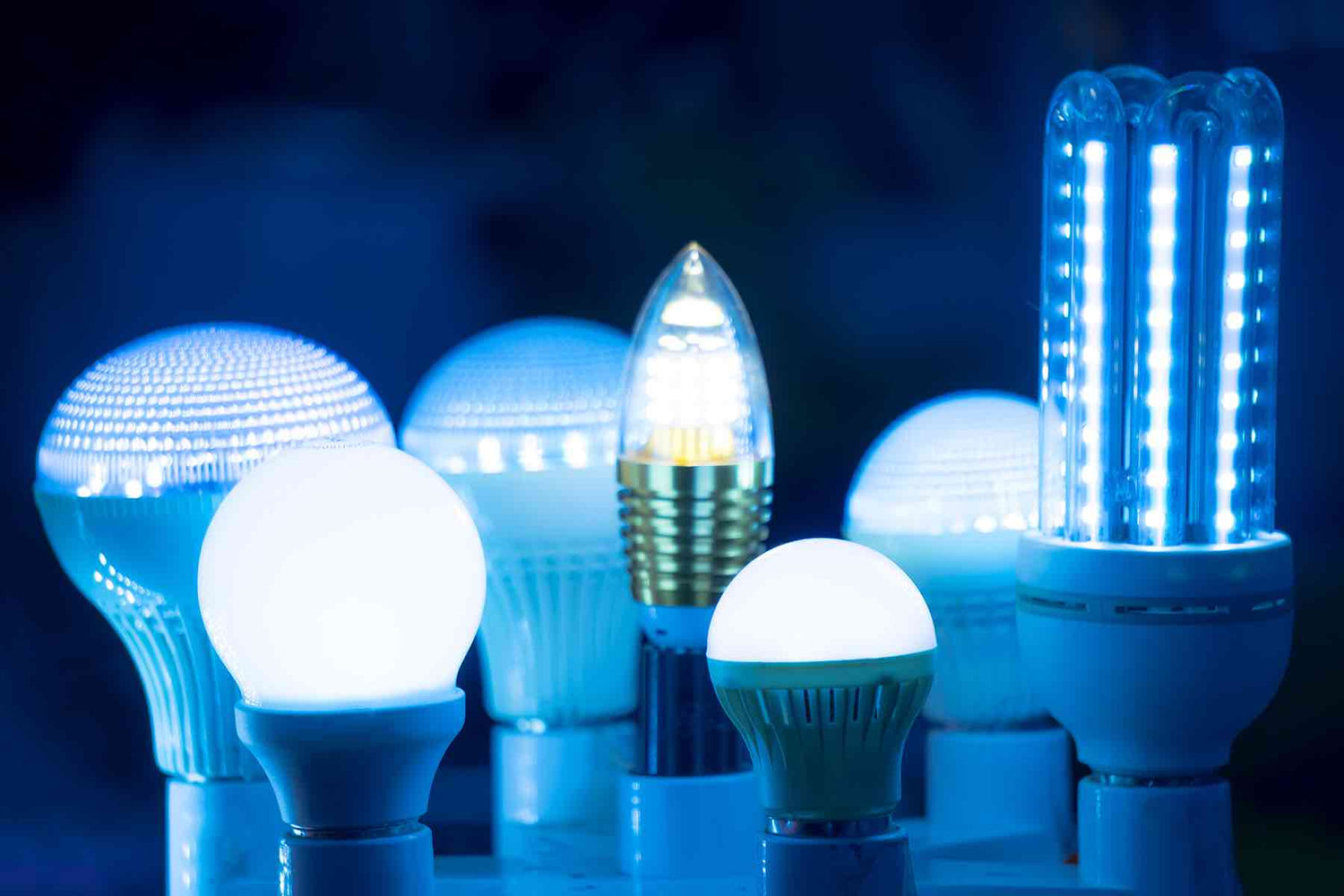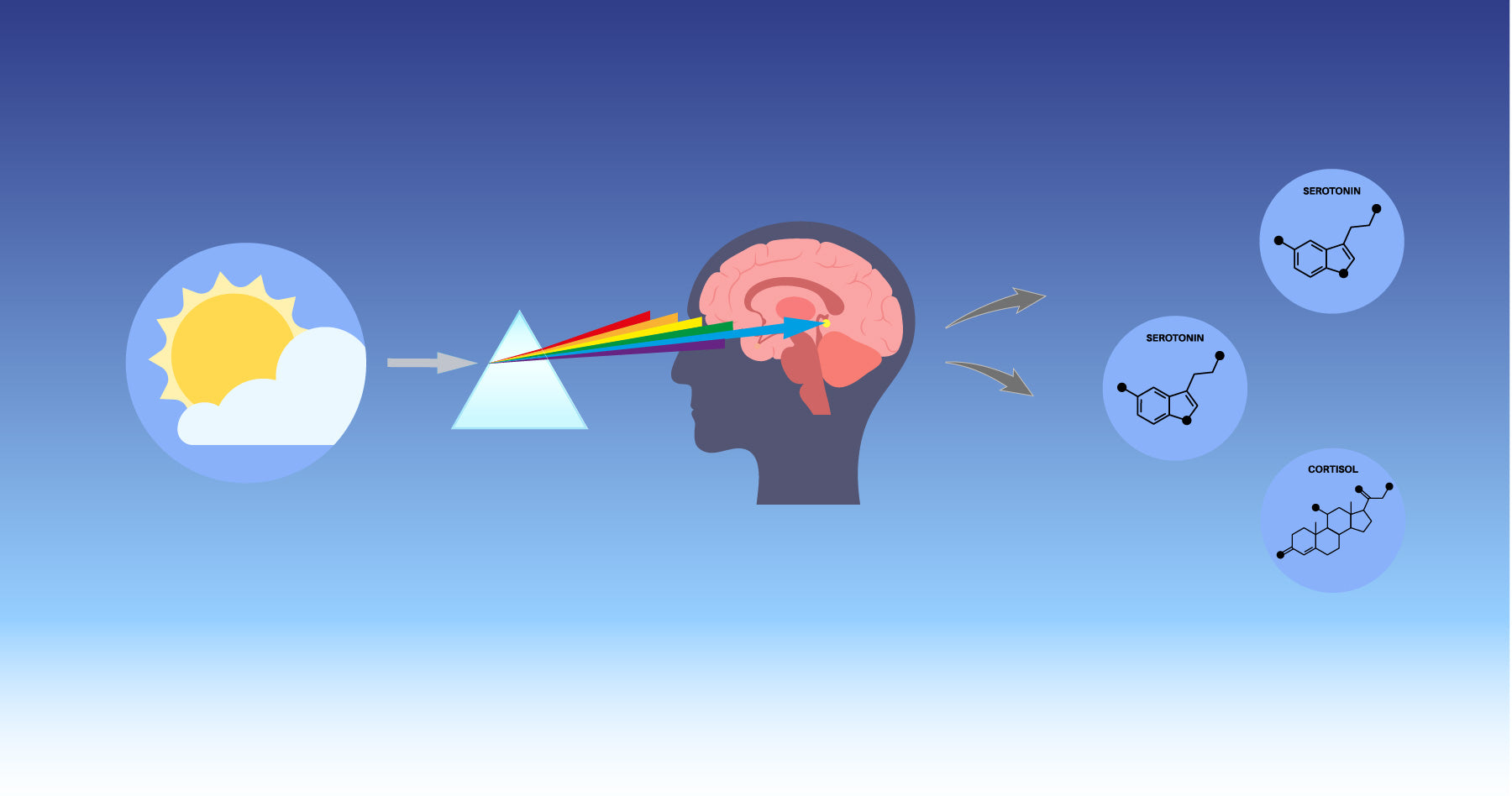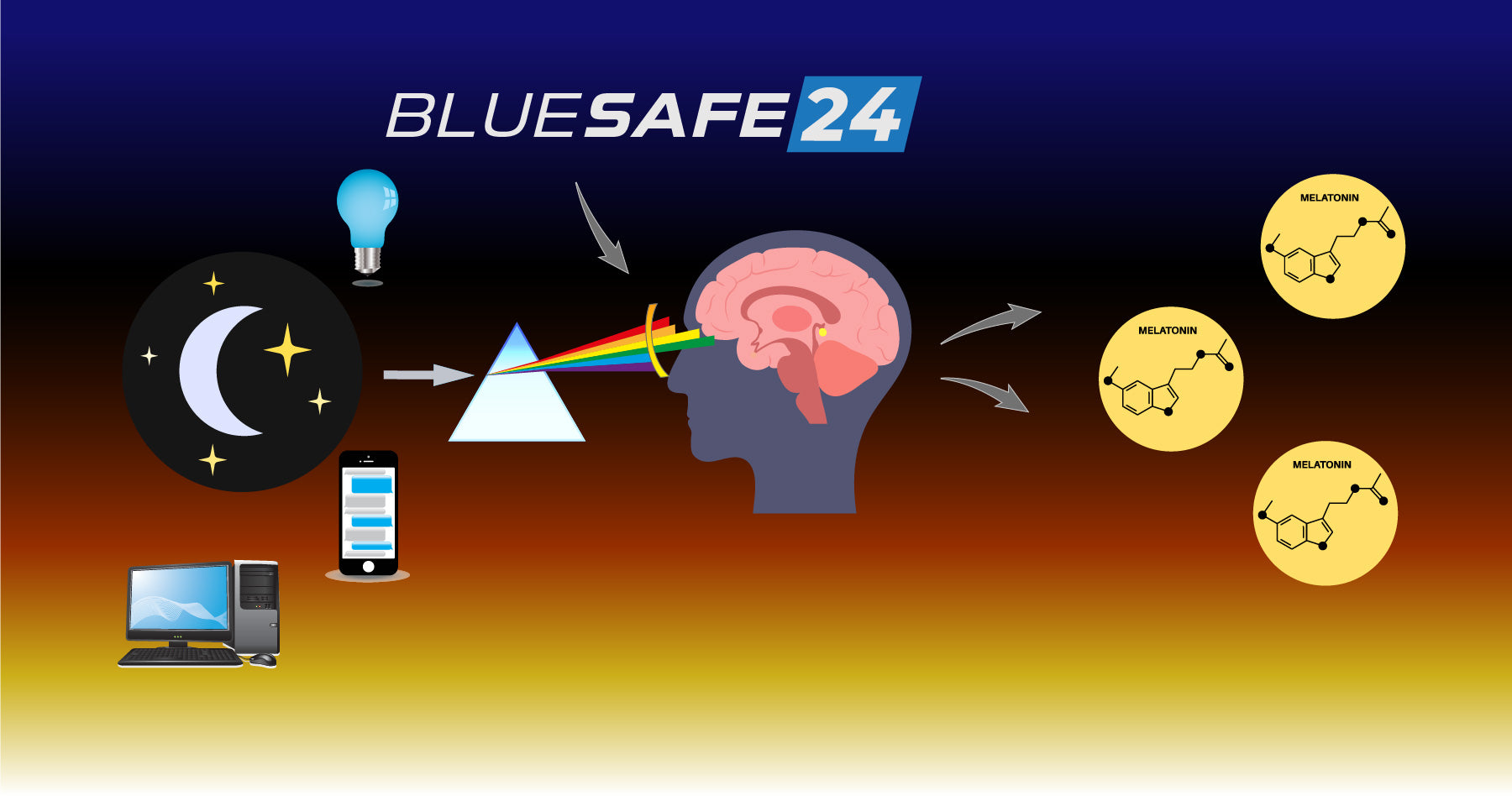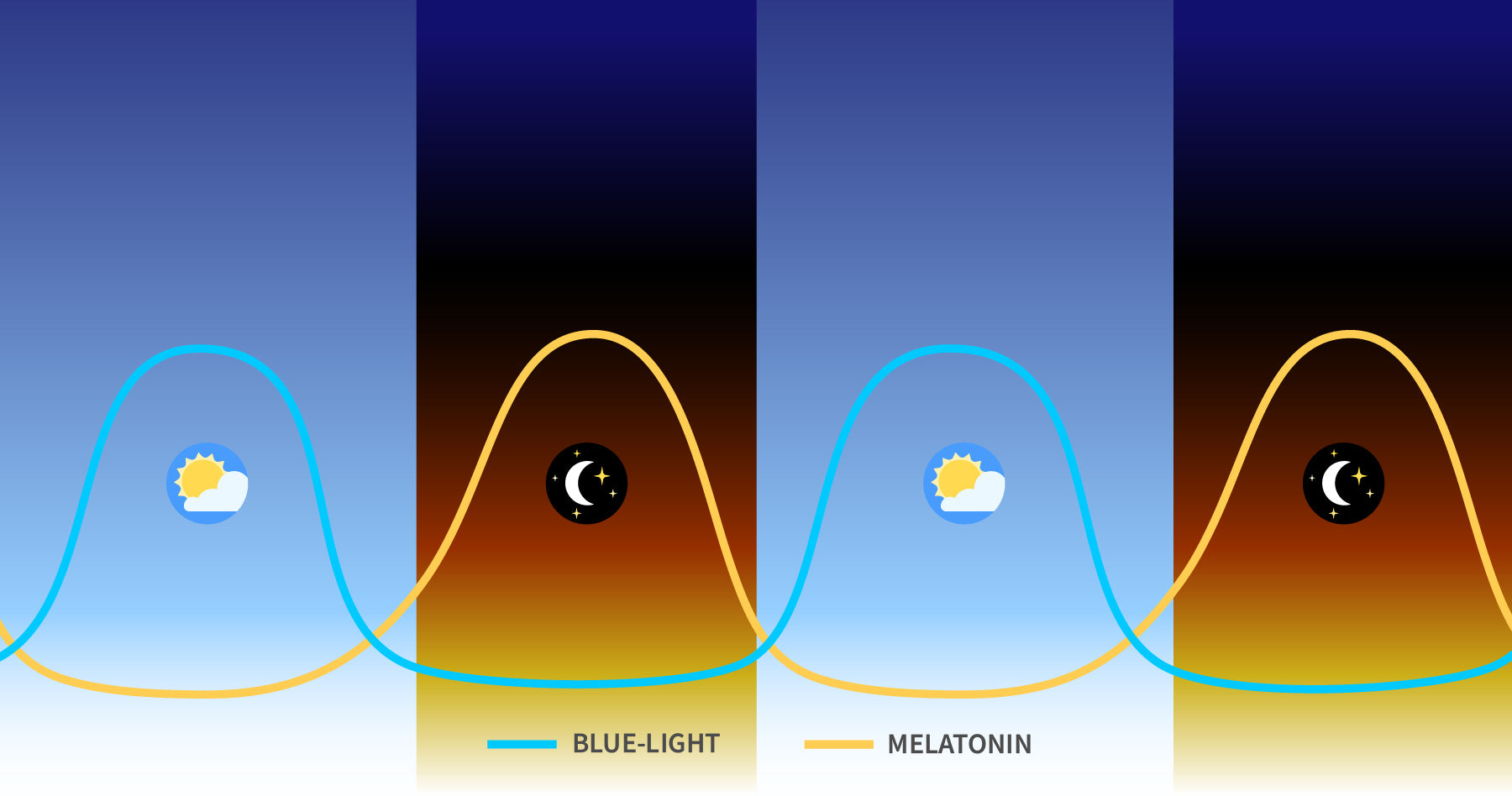
Blue Light Emissions in Digital Devices
Each year, computer and smartphone manufacturers announce new advances in digital display technology, touting enhanced levels of detail and brightness. While today's LED-backlit displays are technically impressive, they were not designed with human health in mind.
To understand why, we must look at how digital devices generate light. Today's high brightness displays are driven by LED lighting technology (LED = Light Emitting Diode), a type of electronic circuit element capable of emitting photons at a specific wavelength from electricity.
A little known fact about LEDs is that they generate white light by first producing a highly intense "peak" of blue light, which is then "upconverted" into white light using the mechanism of optical fluorescence. This method of generating white light has good power efficiency, but unfortunately a significant portion of the blue light peak remains unconverted in the output, and this blue light can interact with human biology in unexpected ways. In fact, this blue light happens to be unfortunately tuned to the exact wavelengths that cause sleep disruption at night.
Because of the high blue light content in digital screens, looking directly at a computer screen or phone screen can cause a delay in the natural onset of night time melatonin, making it more difficult to fall asleep and reducing sleep quality.

Blue Light from Indoor Lighting
Advances in LED technology have not only revolutionized digital display devices, they have disrupted the entire lighting industry over the past decade. Today, nearly every single lightbulb sold for residential or commercial use is based on the same sleep-disrupting high-efficiency LED technology found in our digital devices.
Driven by a push to achieve ever greater lighting efficiency - measured in lumens per watt - manufacturers have prioritized lowering the cost of electricity bills over the long term health consequences of exposing people to excessive amounts of circadian-disruptive blue light.
Today, just a few companies are beginning to grasp the importance of circadian lighting, and are working toward adapting their lighting products to have appropriate daytime and night-time modes, however the industry largely remains resistant, and it may take decades to replace billions of badly designed light bulbs.
The Optimal Blue Light Cycle
The Key to Unlocking Better Health and Alertness
Fortunately, retaking control of our circadian health is possible today with BLUESAFE 24.
According to studies at the Circadian Light Research Center, reducing night time circadian blue light exposure to less than 2.0 microwatts per square centimeter is effective for protecting human circadian health. BLUESAFE 24 lenses are designed to achieve this target exposure level under typical residential and commercial indoor lighting conditions.
By blocking the correct amount of blue light at night, our eyewear ensure the eyes receive a safe limit of blue light, while also allowing enough light to pass through the lens to maintain functional color vision.
By using BLUESAFE 24 lenses as directed, normal circadian rhythms are maintained even with occasional late night activities. The result is improved alertness and sense of wellbeing, thanks to improved sleep quality and night time regenerative healing.





